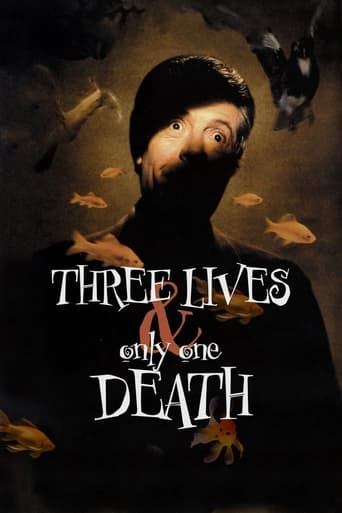"Trois vies et une seule mort" (1996), a cinematic gem crafted by Gemini Films and La Sept Cinéma, unfolds across the landscapes of Portugal and France under the visionary direction of Raùl Ruiz. This film intricately weaves the lives of four distinct characters, each portrayed by the versatile Marcello Mastroianni, into a tapestry of existential exploration. As viewers, we are drawn into the enigmatic world of a man who assumes multiple identities, challenging our perceptions of reality and self. The narrative brilliance of "Trois vies et une seule mort" lies in its ability to seamlessly blend the surreal with the mundane. Mastroianni's characters—a professor, a beggar, a businessman, and a mysterious man living with a woman and her son—each navigate their unique existential crises, yet their stories converge in unexpected ways. The film's non-linear structure and dreamlike quality invite the audience to ponder the fluidity of identity and the interconnectedness of human experiences. Raùl Ruiz's direction imbues the film with a hauntingly beautiful aesthetic, capturing the essence of each character's internal and external worlds. The cinematography, set against the backdrop of Portugal and France, enhances the film's contemplative mood, while the performances, particularly Mastroianni's, add depth and nuance to the complex narrative. The film's exploration of themes such as memory, identity, and the search for meaning resonates deeply, leaving a lasting impact on its audience. "Trois vies et une seule mort" stands as a testament to the power of cinema to delve into the human psyche and challenge conventional storytelling. Through its innovative approach and profound thematic exploration, the film not only showcases the talents of its creators but also offers a thought-provoking experience that continues to captivate and inspire viewers long after the credits roll.
Año1996
Presupuesto500000$
Duración123 minuto
GénerosComediaCrimenFantasíaMisterio
Países de producciónPortugalFrance


